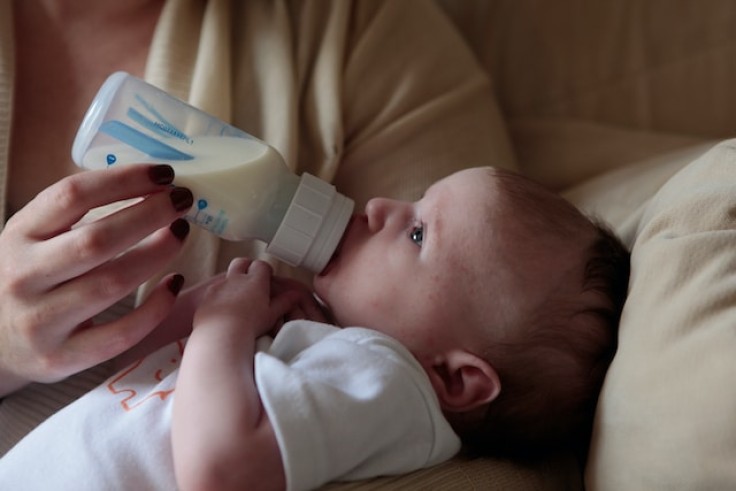
A new study on infant food products has identified Cronobacter and Salmonella as the top microbial hazards in baby formula.
In a study published in the journal Food Research International, researchers conducted a case study to rank the potential microbial hazard risks in infant formula. Particularly, the researchers used eight risk ranking steps and other criteria to determine the top microbiological hazards in infant formula, including process survival, recontamination, food preparation, food consumption habits, and microbiological hazard safety.
The study found that Salmonella, Cronobacter, and Shiga-toxin-producing E. coli (STEC) were the top microbial risks in baby formula. The hazards displayed varying orders depending on the method-specific factors used. The brands of infant formula tested were not specified.
How Can the Hazards Affect Infants if Ingested?
The potential adverse effects of ingesting microbiological hazards vary depending on the bacteria.
For instance, salmonella can cause salmonellosis and may lead to diarrhea, fever, and abdominal cramps after exposure. In infants and people with compromised immune systems, salmonellosis can cause to infection in the urine, blood, bones, joints, and brain.
Cronobacter, on the other hand, is a germ found in dry food, including powdered infant formula. While a cronobacter infection is rare---at a rate of two to 4 infections in infants per year---it can be deadly. Infants less than two months old are at a high risk of developing meningitis if they are infected with cronobacter, according to the Centers for Disease Control and Prevention (CDC).
Lastly, STEC is a group of bacteria that can cause infections in an infected person's GI and urinary tract. Symptoms of STEC infections vary, but most often include severe diarrhea, stomach cramps, and vomiting. In some cases, the stool may have blood and the patient may experience fever.
In children, particularly those under the age of five, an STEC infection can lead to the development of hemolytic uremic syndrome (HUS), a serious life-threatening disease that can cause kidney damage and failure. HUS treatment typically requires blood transfusions, plasma exchange, or kidney dialysis, per the New York Department of Health.
RELATED ARTICLE : Ultra-Processed Food Intake Increases Mortality Risk by 10%